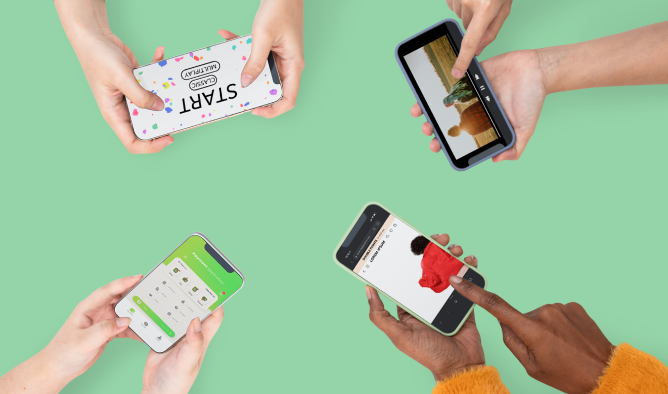No products in the cart.
The Flipped Classroom
The Flipped Classroom “flips” the traditional lecture format, using home time for knowledge building (theory) and classroom time for hands-on activities (practice).
With this teaching approach, learners watch or read pre-selected lessons at home and then use in-class time with their teacher and classmates to practice and deepen their understanding, clear up any confusion, and tackle challenging topics together.
Curious to know more? Read on to learn why this methodology is a game changer.
A two-phase teaching strategy
Developed by two Chemistry teachers at the beginning of the 2000s, Flipped Teaching is now used in corporate training too because of two main benefits: 1) Learners can easily access educational content to build their knowledge on the subject matter anywhere, anytime; 2) This way of teaching places a high value on real-time, practical activities.
In fact, from its birth, the Flipped Classroom has been structured in two phases:
- An asynchronous phase: Learners independently review and watch instructional materials, both online and offline.
- A synchronous phase: Learners activate their knowledge together through live activities, making the learning experience unique.

Instead of just passing notions, the instructor’s role shifts to facilitating learning and activating knowledge.
And what about the instructor?
Instead of just passing notions, the instructor’s role shifts to facilitating learning and activating knowledge. A learning facilitator needs to prepare and streamline purposely-selected educational content and activities to create a consistent learning path. Here’s a three-step process to follow:
- Planning: Understanding learning objectives and designing the flipped learning path.
- Selecting: Choosing and creating content for autonomous (asynchronous) learning.
- Scaffolding: Providing learning materials of different levels and increasing complexity to support learners at every step.
Subscribe to our newsletter
Stay up-to-date with our new projects, events and exclusive content.
Flip your teaching with WeSchool
If you’re thinking about incorporating Flipped Teaching into your own strategy, WeSchool’s learning platform has got you covered. Offering interactive quizzes, live discussions, and real-time feedback, the WeSchool platform makes it easy to integrate flipped teaching into any learning and development program.
HERE'S YOUR STEP-BY-STEP GUIDE
-
 Create your educational content with the tools you prefer: you can choose among +350 possible integrations, from Google Slides to YouTube videos.
Create your educational content with the tools you prefer: you can choose among +350 possible integrations, from Google Slides to YouTube videos. -
 Upload your pieces of content in the Modules section: the Module section is designed to create personalized learning paths and gather feedback through comments; learners can access it in advance and browse materials.
Upload your pieces of content in the Modules section: the Module section is designed to create personalized learning paths and gather feedback through comments; learners can access it in advance and browse materials. -
 Create prerequisites to access the Live session. Design your educational content in a way that helps students understand the hierarchy between each piece of content and guide them through their learning journey.
Create prerequisites to access the Live session. Design your educational content in a way that helps students understand the hierarchy between each piece of content and guide them through their learning journey.
TL;DR: Flipped Classroom in a nutshell
Influencing instructors of all levels, from K-12 educators to corporate learning managers, the Flipped Teaching method flips traditional teaching by using ready-made content for knowledge building at home and classroom time for hands-on activities, review, and personalized tasks. Benefits include increased engagement and flexibility for learners, and more interaction and teaching personalization for instructors.
Ready to start using the Flipped Teaching method on WeSchool’s learning platform?
Jump right back in
Explore our ready-made, open access free guides to make the most out of all the innovative teaching
strategies with the WeSchool Methodology.
Methodology Handbooks
Learning to find new solutions? Bring real-world problems to your teaching practice with our step-by-step framework to Challenge-based Learning.
Methodology Handbooks
Cooperative learning is not just setting up a group activity. Discover how to really spark fair collaboration amongst learners with…
Methodology Handbooks
How to engage your learners to research, study, and present their ideas about important issues through formal discussions? Make it…
Methodology Handbooks
Critical thinking, problem solving and collaboration: digital escape rooms can help learners develop the most sought after skills out there…
Methodology Handbooks
Yes, you can learn by researching, creating, and implementing a real-world project too. But you need to follow some rules.…
Methodology Handbooks
Find out about Role Play, a learning tool that helps participants develop their emotional skills by living through a situation…
Methodology Handbooks
Self-evaluation is a strategy that helps learners get more autonomous and aware of their needs, strengths and areas of growth…
Methodology Handbooks
Teach to Learn is a teaching method that enhances learning outcomes by letting learners become teachers in the classroom. Find…
Methodology Handbooks
Not everyone learns in the same way. UDL is a set of guidelines to create inclusive learning environments beneficial to…
Ready to start using the Flipped Teaching method on WeSchool’s learning platform?








